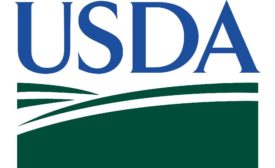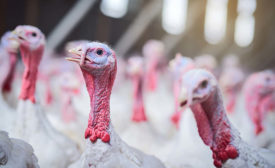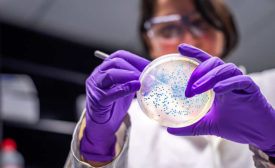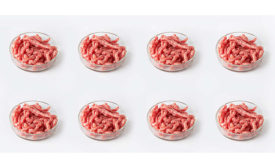Home » Keywords: » foodborne illnesses
Items Tagged with 'foodborne illnesses'
ARTICLES
Gain an understanding of strategies to overcome processing limitations while enabling greater operational efficiencies.
Read More
FSIS' approach to Salmonella trends further toward adulterant
A more efficient approach might involve better educating consumers and reminding them that all raw poultry products must be cooked thoroughly.
Read More
Novolyze upgrades EMP solution to boost food safety and compliance as outbreaks surge
An EMP is a crucial tool for food manufacturers to maintain food safety and quality, especially for RTE products.
Read More
Food Safety | Rapid Testing
Rapid testing enhances capabilities but must be accurate
Swift testing for microbials can enhance food safety and cut product waste, but obtaining the results in a timely manner can be daunting.
Read More
Tech | Supplier's Perspective
Is cleaning, sanitizing enough to establish 'sanitary' conditions?
Read MoreCommentary | Regulations & Legislation
FSIS proposes to expand E. coli testing for non-O157 STEC
Read MoreStay ahead of the curve. Unlock a dose of cutting-edge insights.
Receive our premium content directly to your inbox.
SIGN-UP TODAYCopyright ©2024. All Rights Reserved BNP Media.
Design, CMS, Hosting & Web Development :: ePublishing











